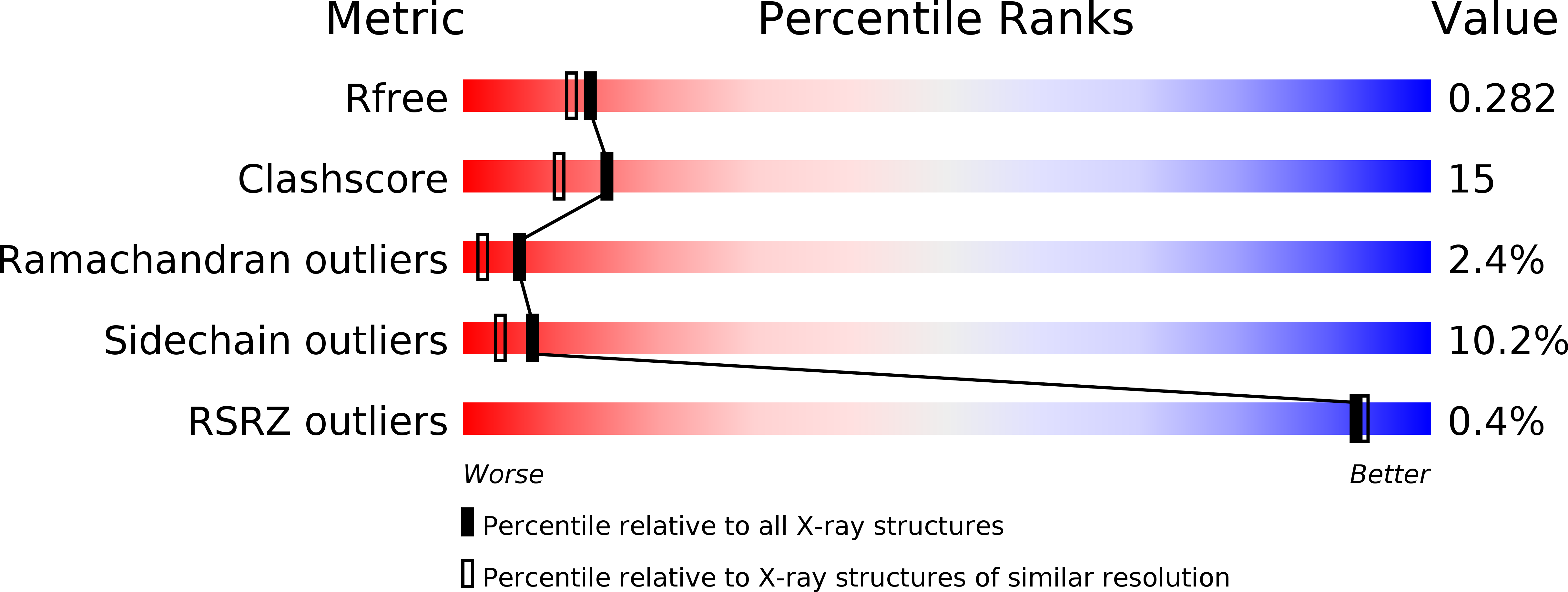
Deposition Date
2005-10-07
Release Date
2005-10-17
Last Version Date
2024-05-08
Entry Detail
PDB ID:
2C3H
Keywords:
Title:
Structure of CBM26 from Bacillus halodurans amylase in complex with maltose
Biological Source:
Source Organism:
BACILLUS HALODURANS (Taxon ID: 272558)
Host Organism:
Method Details:
Experimental Method:
Resolution:
2.24 Å
R-Value Free:
0.27
R-Value Work:
0.20
R-Value Observed:
0.20
Space Group:
P 32 2 1


